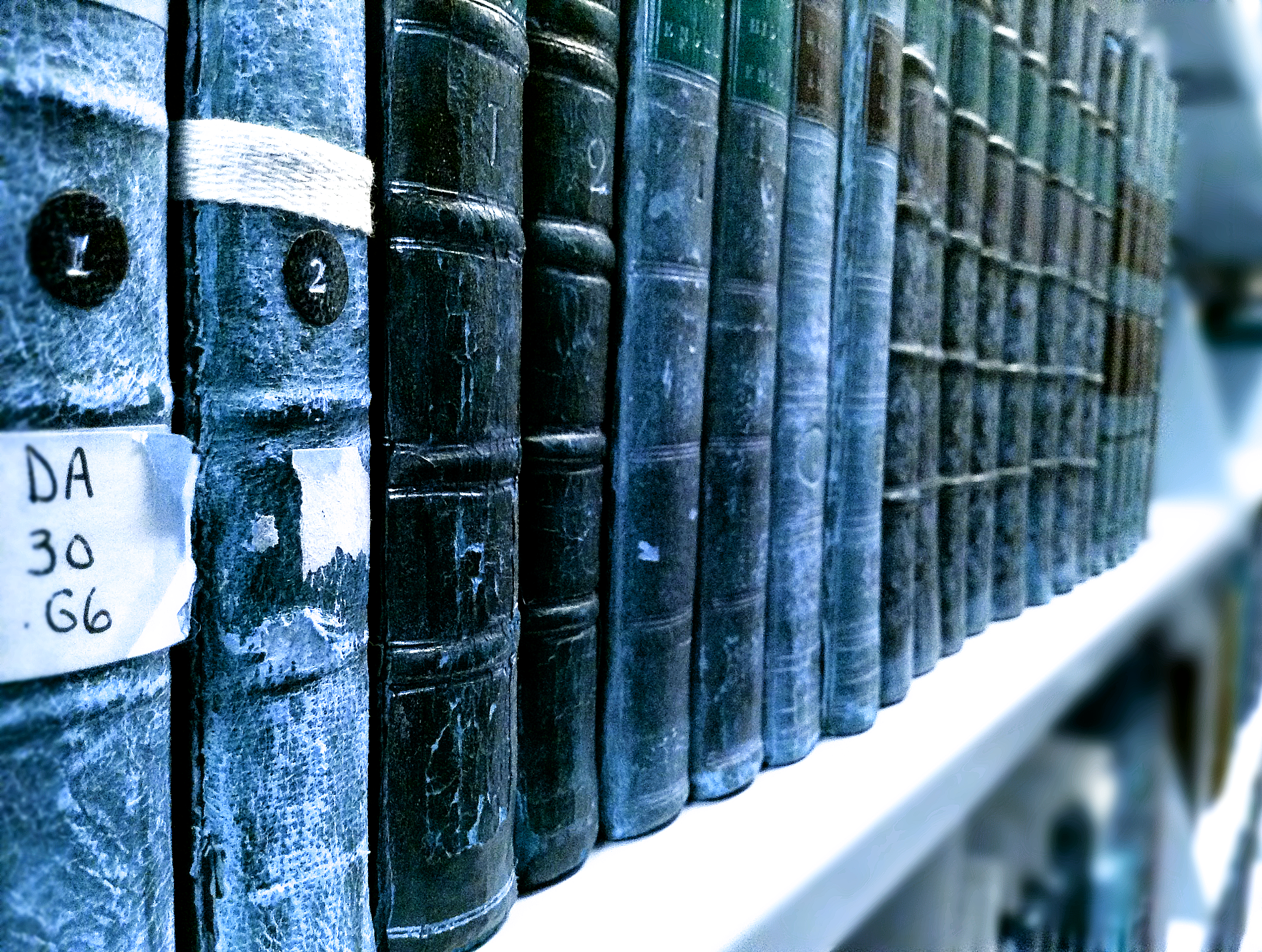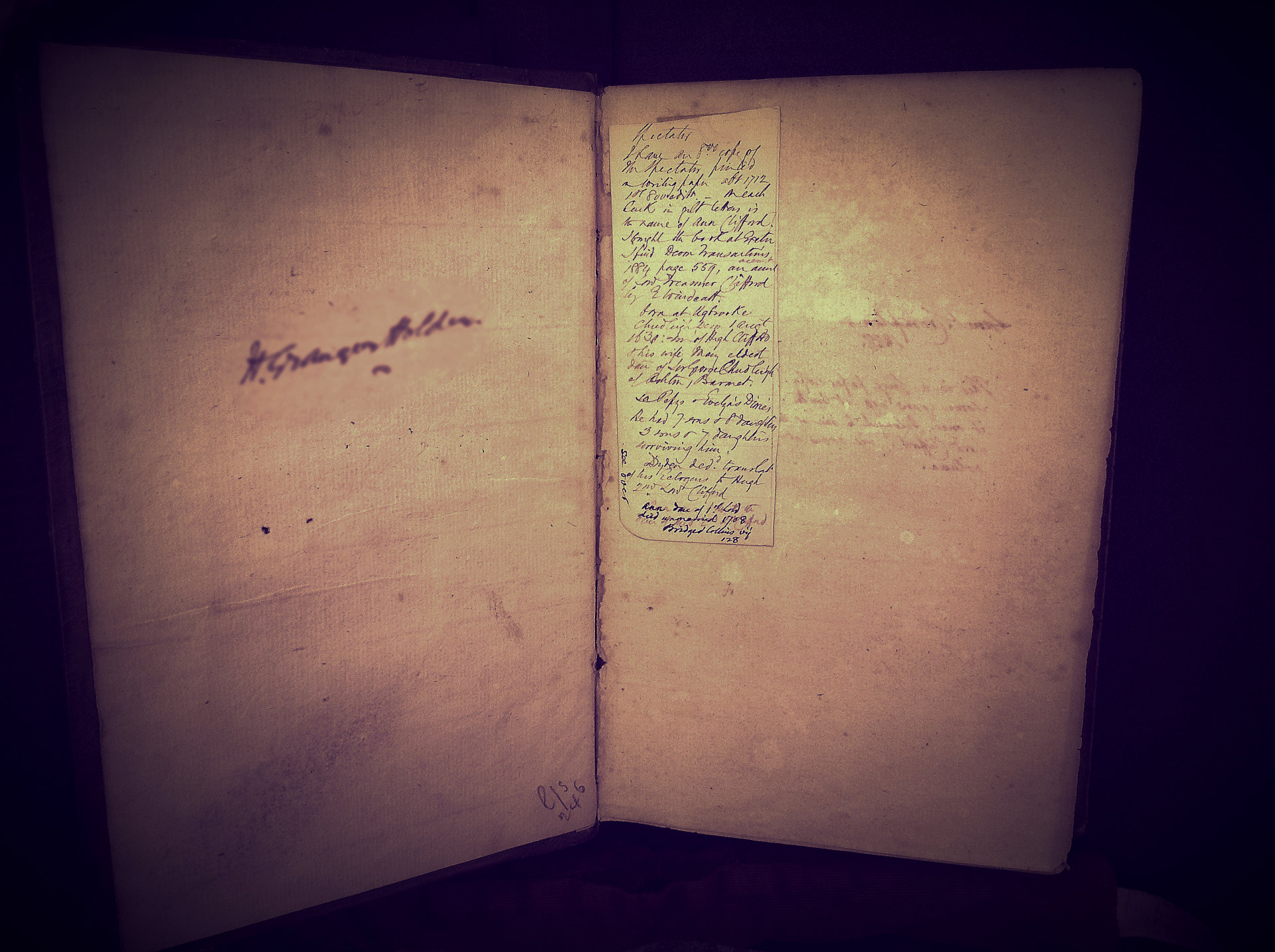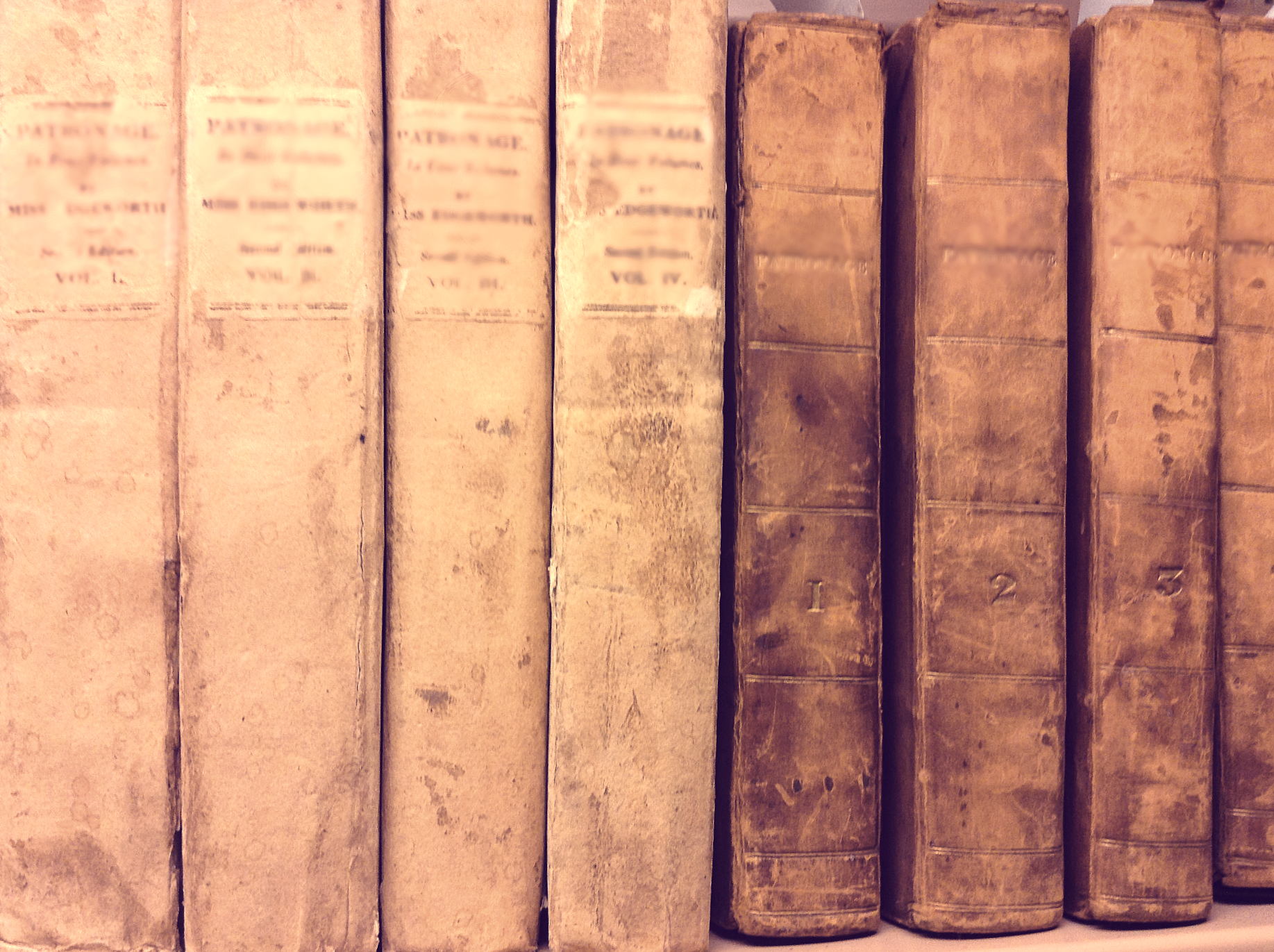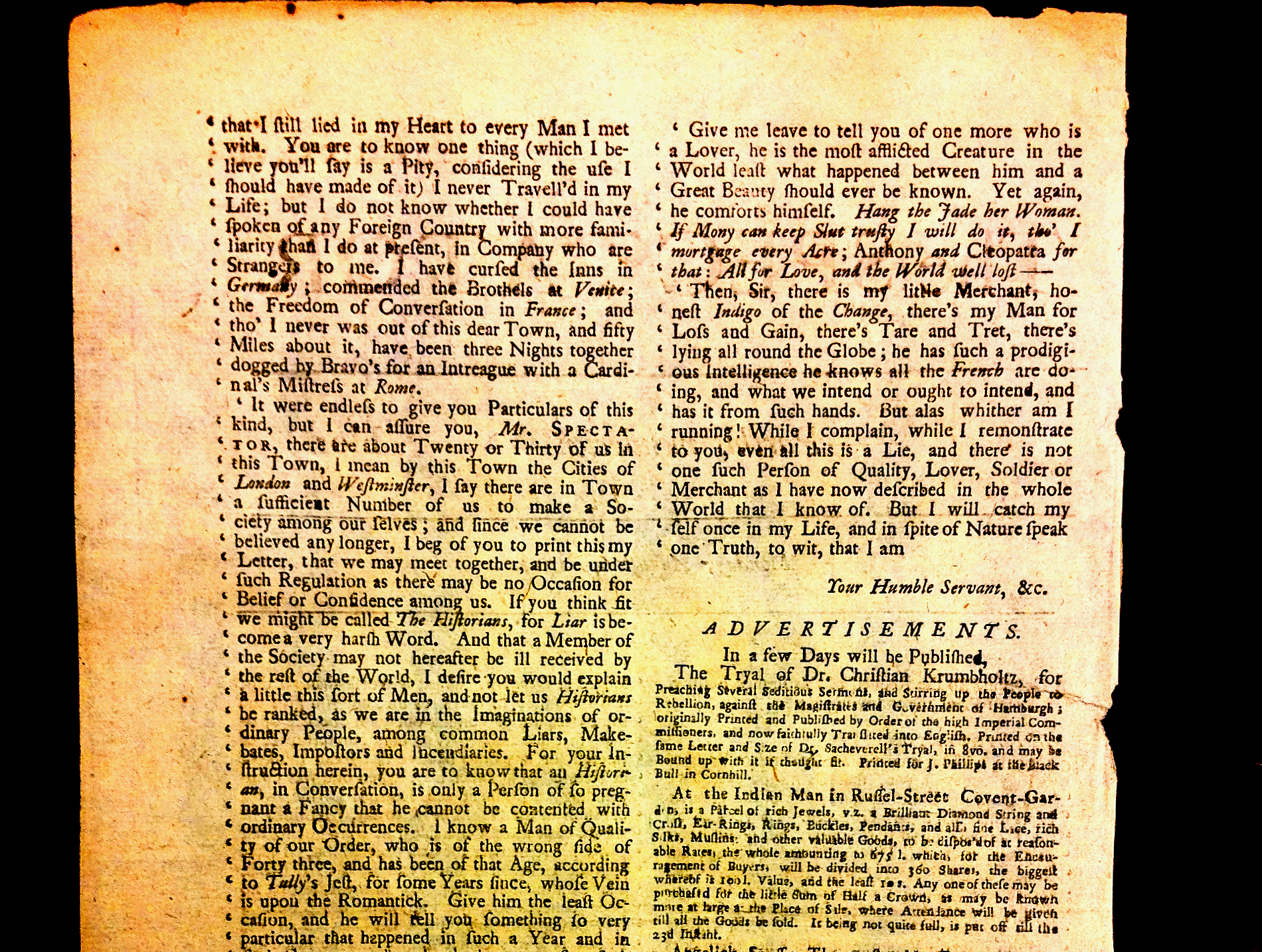music criticism guide
In our age of digital immediacy, music critics have become an “endangered species,” to use the words of New Yorker’s chief music critic Alex Ross. Music criticism is struggling to retain its readers and its identity as a genre. Arbiters of taste have multiplied exponentially, human and mechanical, from bloggers and social media ‘influencers’ to machine-curated playlists and predictive algorithms. In Music Criticism Guide, I invite you to explore English music criticism’s past and present. Meet the music critics of today as they explain their craft, and journey with me to the origins of this genre in Enlightenment Britain. By learning more about how music criticism has shaped both the music we listen to and the ways that we listen to it, we can gain a better understanding of the continuing importance of this genre for today’s world.





Chapters

1. IN THE CHURCH
With the rise of legal religious toleration, churches extolled the power of their sacred music amid competition between congregations for parishioners.
[Coming Soon]

3. IN THE MUSIC ROOMS
As musical venues expanded throughout Britain in the form of Music Rooms – essentially ‘proto-concert halls’ – writers wrestled with how to use existing genres to discuss music for a new and growing readership.
[Coming Soon]

As Italian opera became increasingly popular in London, literary figures attacked its foreignness, arguing that this entertainment took away English listeners’ ability to comprehend and judge the stage.

4. IN THE TEXTS
Turning their attention from the stage to the page, writers increasingly challenged the notion that writing about music required less expertise than playing it.
[Coming Soon]